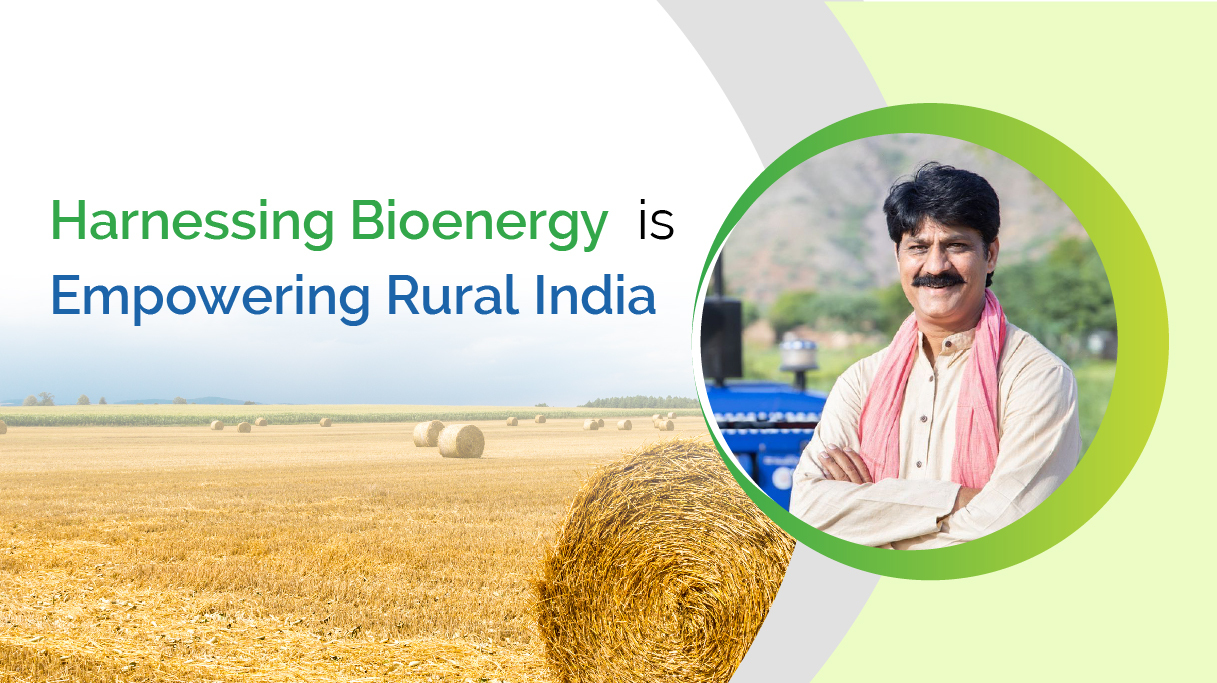 November 15, 2021
November 15, 2021
 Burning of rice straw remains emits trace gases like carbon dioxide, meth ane, carbon monoxide, nitrogen oxide, sulphur oxide and large amount of particulate matters, which adversely affect human health as well as the environment. Last year, the magnitude of stubble burning was so high that it received international attention. The National Aeronautics and Space Administration (NASA) released a satellite image showing large number of fires across millions of hectares of agriculture fields in Punjab.
Farmers in the state complain that rice straw is a huge problem for them because they follow mechanised agriculture. “When you harvest rice by a combine harvester, it leaves a significant length of straw on the field,” says Rajinder Kumar Sama, a farmer from Abohar district. So crop residues in combine-harvested fields are burnt. Besides, explains Sarabjit Singh from Ghanaour village in Patiala district, both wheat and rice are long-duration crops. With a short period available between rice harvesting and wheat plantation, burning is the easiest and quickest way to get rid of rice straw. Singh adds that increasing labour cost is another reason farmers prefer setting fire to their vast swathes of paddy fields after they have harvested the crop.
Burning of rice straw remains emits trace gases like carbon dioxide, meth ane, carbon monoxide, nitrogen oxide, sulphur oxide and large amount of particulate matters, which adversely affect human health as well as the environment. Last year, the magnitude of stubble burning was so high that it received international attention. The National Aeronautics and Space Administration (NASA) released a satellite image showing large number of fires across millions of hectares of agriculture fields in Punjab.
Farmers in the state complain that rice straw is a huge problem for them because they follow mechanised agriculture. “When you harvest rice by a combine harvester, it leaves a significant length of straw on the field,” says Rajinder Kumar Sama, a farmer from Abohar district. So crop residues in combine-harvested fields are burnt. Besides, explains Sarabjit Singh from Ghanaour village in Patiala district, both wheat and rice are long-duration crops. With a short period available between rice harvesting and wheat plantation, burning is the easiest and quickest way to get rid of rice straw. Singh adds that increasing labour cost is another reason farmers prefer setting fire to their vast swathes of paddy fields after they have harvested the crop.

Sama says on an average one gets about two tonnes of rice straw per acre (0.4 hectare). “The combine owner or operator charges an additional Rs 850 per acre for harvesting that leftover portion which is of no use to us,” says Sama. It cannot be even fed to the cattle. Blades of fodder cutter easily get blunt by the thick and sharp straw.
Sama adds that in his area only brick kilns buy rice straw, but they are limited. Besides, selling rice straw to kilns is not profitable. “They pay us Rs 600-Rs 700 a tonne, which means we get Rs 1,200-Rs 1,400 per acre. Now subtract Rs 850 rental cost of the combine harvester and transportation cost of Rs 300, which is borne by the farmer, from the amount. All we get is between Rs 50 and Rs 250. Where is the profit?”
Daljeet Singh, another farmer from Patiala says, “Of late, power companies are approaching us to buy rice straw. They are offering between Rs 500 and Rs 700 a tonne. Last year, the paper and packaging industry had bought straw for Rs 1,400-Rs 1,700 a tonne.” That was a one-off deal though. In the absence of assured returns, farmers find stubble burning an economic way of managing the agro-waste.
Back in soil Every year about 12 million tonnes of rice straw is burned in Punjab. Accor ding to O P Rupela, former soil microbiologist at the International Crops Research Institute for the Semi-Arid Tropics (ICRISAT), this leads to nutrient loss from the soil which is equivalent to US $18 million worth of urea. Rupela, along with scientists from Punjab Agricultural University (PAU), has developed a simple and rapid composting technique to convert huge piles of rice straw into organically rich soil.
O P Rupela,former soil microbiologist, ICRISAT
It takes about 45 days to prepare this rice straw compost which helps conserve nitrogen and other nutrients contained in the straw, he says. The compost contains 1.7 to 2.1 per cent of nitrogen, 1.5 per cent phosphorous and 1.4 to 1.6 per cent potassium. It helps improve crop yield by 4 to 9 per cent. “But the problem was that farmers found it labour-intensive,” says the soil scientist. A PAU scientist, who does not wish to be named, agrees with Rupela. “The problem with Punjab farmers is they want quick solutions.
That is why the rice straw compost was not adopted in our state as well as in neighbouring Haryana.” Rupela offers another use of rice straw—mulching. In this method, straw is spread across the soil surface and allowed to decompose naturally into the soil by the activity of worm and other organisms. “A few farmers in Punjab have adopted it. Farmers in Andhra Pradesh, another rice growing state, have also resorted to this method as it helps maintain soil fertility,” says Rupela, adding that crops like pigeon pea, soybean and maize are easily grown even with mulch on surface. But environment-friendly agriculture asks for extra effort and time. With farming becoming less remunerative, farmers are looking for easy and quick solutions. This is perhaps the reason burning of rice straw continues unabated across Punjab despite advisories by agricultural universities and the district administration and FIRs by agriculture officers against erring farmers.
This article was first published in Down To Earth magazine on Thursday 31 January 2013 and is written by Jyotika Sood
238 Views 0 Comments


 December 19, 2022
December 19, 2022

Graphinet Developer
says:Hi